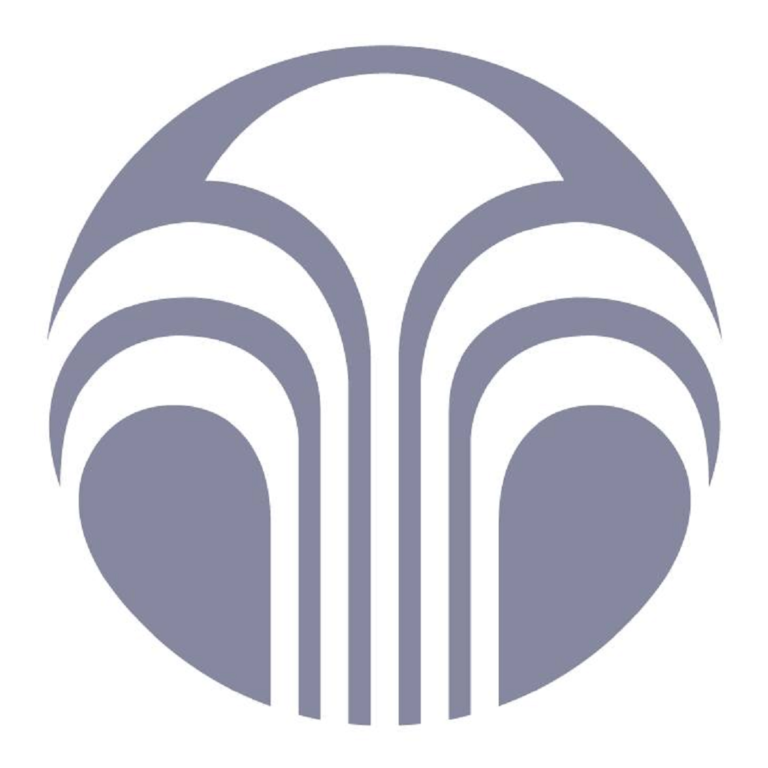
Muscle soreness is a common experience that arises from various factors, including intense physical activities, prolonged sitting, stress, or injuries. While it’s a natural response to strain or exertion, it can hinder daily activities and overall comfort. Thankfully, there are numerous remedies to soothe sore muscles, ranging from simple home treatments to professional therapies.
In this guide, we’ll explore the causes of muscle soreness, practical remedies, and preventative measures to help you stay active and pain-free.
What Causes Muscle Soreness?
Understanding the root cause of muscle soreness is crucial for effective treatment. Below are the primary causes:
- Delayed Onset Muscle Soreness (DOMS):
DOMS is the discomfort experienced 12–48 hours after engaging in unfamiliar or intense physical activity. It occurs due to microscopic tears in the muscle fibers, triggering inflammation as the body repairs the damage. - Overuse and Muscle Strain:
Repeated movements or lifting heavy objects can overwork certain muscles, leading to strain and soreness. - Stress-Induced Tension:
Stress often causes muscle tightness, particularly in the shoulders, neck, and back. This type of soreness can linger for days if not addressed. - Inadequate Stretching:
Failing to warm up or cool down before and after exercise can cause stiffness and discomfort, as the muscles are unprepared for sudden strain. - Poor Posture:
Prolonged sitting or standing with improper posture can stress specific muscle groups, leading to chronic soreness.
Home Remedies for Muscle Relief
1. Cold and Heat Therapy
Applying cold or heat is a time-tested remedy for sore muscles:
- Cold Therapy:
Use ice packs or cold compresses within the first 24–48 hours of soreness to reduce swelling and numb the pain. Wrap the ice pack in a cloth to avoid skin damage, and apply for 15–20 minutes. - Heat Therapy:
After the initial inflammation subsides, use heating pads, warm towels, or take a warm bath. Heat increases blood flow, relaxes muscles, and promotes faster healing.
2. Stretching and Light Movement
Contrary to popular belief, rest alone isn’t always the best cure for sore muscles. Gentle stretching can:
- Relieve stiffness and improve flexibility.
- Enhance blood circulation to the affected area.
- Promote faster recovery.
Yoga or low-impact exercises, like walking or swimming, can also help loosen tight muscles.
3. Hydration and Nutrition
Dehydrated muscles are more prone to cramping and soreness. To aid recovery:
- Drink plenty of water, especially after workouts.
- Include potassium-rich foods like bananas and avocados to prevent cramps.
- Incorporate lean proteins and leafy greens to support muscle repair.
4. Epsom Salt Baths
Epsom salts contain magnesium sulfate, a natural muscle relaxant. Adding 1–2 cups of Epsom salts to a warm bath can:
- Reduce inflammation.
- Ease tension in sore muscles.
- Provide a calming effect, helping you unwind.
5. Topical Muscle Rubs
Over-the-counter creams or balms with ingredients like menthol, camphor, or arnica provide instant cooling and soothing effects on sore areas.
Advanced Treatments for Persistent Muscle Sorenes
1. Massage Therapy
Professional massages can work wonders for muscle recovery by:
- Releasing muscle tension.
- Stimulating blood flow to sore areas.
- Breaking up adhesions or knots in the tissue.
Types of massage, such as deep tissue, Swedish, or sports massage, cater to different levels of soreness and recovery needs.
2. Foam Rolling
Using a foam roller is an excellent way to perform self-myofascial release, a technique that loosens tight fascia and muscles. Roll gently over the sore area for 1–2 minutes, focusing on tender spots.
3. Physical Therapy
For chronic or severe muscle soreness, consulting a physical therapist may be necessary. They can provide:
- Customized exercises to strengthen muscles.
- Techniques to improve flexibility and posture.
- Electrotherapy or ultrasound therapy for targeted relief.
4. Chiropractic Adjustments
Misalignments in the spine can cause muscle tension and pain. Chiropractors realign the spine to alleviate discomfort and improve overall mobility.
Preventing Muscle Soreness
While occasional soreness is inevitable, you can reduce its frequency and severity with these tips:
1. Warm Up and Cool Down
Warming up before exercise prepares your muscles for activity, while cooling down afterward helps prevent stiffness. Incorporate dynamic stretches before workouts and static stretches afterward.
2. Build Muscle Strength Gradually
Avoid overexertion by gradually increasing the intensity of your workouts. Strength training can also help your muscles become more resilient.
3. Maintain Proper Posture
Pay attention to your posture when sitting, standing, or lifting objects. Ergonomic adjustments at work or home can minimize strain on your muscles.
4. Rest and Recovery
Adequate rest allows your muscles to repair themselves. Ensure you’re getting 7–9 hours of quality sleep each night. Incorporate rest days into your exercise routine to prevent overtraining.
When to Seek Medical Attention
Although most cases of muscle soreness resolve on their own, certain symptoms warrant a doctor’s attention:
- Persistent or severe pain that doesn’t improve after a week.
- Swelling, redness, or warmth around the muscle.
- Sudden sharp pain during physical activity, which could indicate a tear.
- Difficulty moving the affected area.
Final Thoughts
Sore muscles 舒緩肌肉 are a natural response to physical exertion or stress, but they don’t have to interfere with your quality of life. By implementing these remedies and preventive measures, you can recover faster, improve your mobility, and enjoy a more active lifestyle.
Remember to listen to your body and give it the care it needs. Whether it’s a relaxing Epsom salt bath, a soothing massage, or a simple stretch, taking proactive steps can make all the difference in keeping your muscles healthy and pain-free.